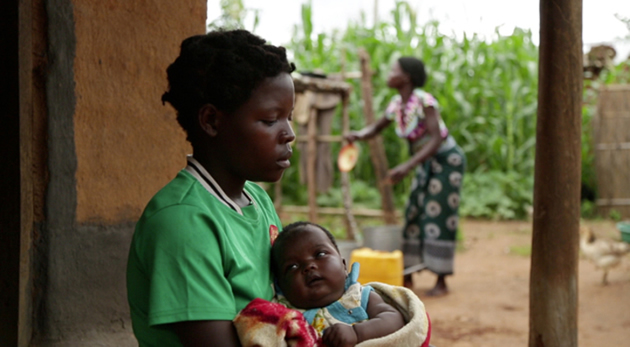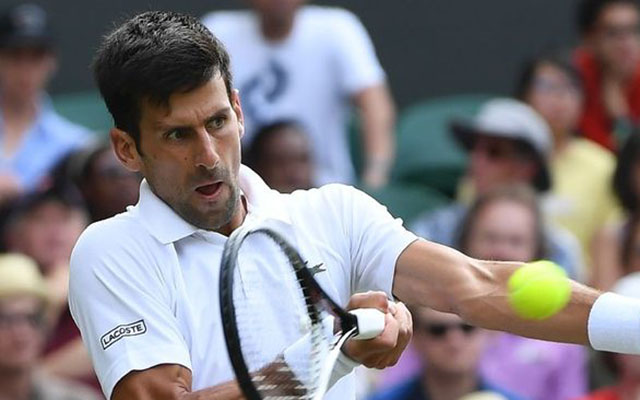More effort required to fight child ‘marriages’

Walter Vengesai Our Children, Our Future
Padare refuses to dignify the practice of sexually abusing children as “marriage”. All the characteristics of a marriage are not in existence in these unions as their roots are formed in an unequal union where one or both parties are a child, not capable of making such a big commitment.
These unions are a menace and have robbed many girl children of their lives and have thrown them in a pool of poverty. The recent Constitutional Court cases of Tsopodzo and Madzuru in Zimbabwe unveiled and legally put a stop to a culture that is deep-rooted and harmful to many young people.
The fact that the now outdated Marriage Act stipulates the ages of marriage for boys to be 18 and for girls to be 16 is on its own highly discriminatory as it gives an opportunity to boys and takes away from the girl child.
Padare, therefore, calls for urgency in the alignment of laws to reflect the constitutional court ruling which states that no one under the age of 18 should get married.
As the discussion on ending child marriages and coming up with laws that completely eradicate this social menace, it is important to reflect on what men and boys can do to end the practice. Padare notes some of the excuses Zimbabwean men and boys have been hiding behind, disadvantaging and taking advantage of young girls.
Some men still perceive young girls as lesser human beings and as a result in some cases they use them as commodities or instruments under the guise of settling family feuds. Negative traditional practices for girl child pledging in exchange of material things such as land, food and spiritual appeasement “kuripa ngozi” come to mind.
Girl initiation programmes carried out by some cultures also partially influence child sexual abuse and early unions. The initiation programmes do not have age limits and those underage girls who would have gone through the initiation would feel as if they are mature enough to get married.
Some men, on the other hand, will target those girls who have gone through the initiation programme as they will want virgins. These practices mainly done for the comfort or appeasement of men put girls at a great disadvantage and vulnerable to abusive sexual unions.
There are also some patriarchal faith doctrines that allow or condone child marriages. Such doctrines do not set the age restrictions for the girls to get married and at times they covertly encourage their members to, for instance, “marry virgins”.
More often than not, such doctrines influence men and boys to target underage girls. Padare came across a church in the Mafararikwa area of Marange where young girls were told it is a sin to marry someone who is not a virgin.
Surprisingly, the same restrictions are not placed on young boys as well. There are also some religious sects who do not believe in sending their children to school putting young girls at risk of getting married before their 18th birthday. Padare over the years has been at the forefront of challenging such practices.
Some of the relationships between young boys and girls are happening in schools. In some instances, young people expose themselves to different kinds of misinformation such as pornographic materials being circulated within the schools and as a result they pressure themselves to experiment without full or correct information.
Peer pressure among the students at times results in experiments which in some cases result in unwanted pregnancies and abusive unions that expose and increase young girls’ vulnerability to different threats to their well-being.
Due to extreme poverty some families view marrying off their children as a source of income through payment of the bride price. Some of the girls will in return view the marriage as an achievement and an escape route from poverty. It therefore perpetuates the cycle of poverty.
Padare also discovered that there are high levels of incorrect knowledge on the legal age of marriage as well as the physical consequences of child marriages on young girls.
For example, from the community interventions with men and boys that Padare held in the four districts of Mbire, Beitbridge, Chipinge and Gwanda it was evident that the bulk of people thought that the legal age of marriage is 16 years when in actual fact the new Constitution sets the age for marriage at 18 years.
Some men and boys were of the opinion that that if a girl has a big a body and advanced physiological development then she is ready for marriage. Lack of the correct information on the legal age of marriage has significantly contributed to men and boys marrying underage girls.
Observations from the community interventions that Padare conducted also revealed that the majority of men and boys lack understanding on the dangers and effects of child sexual unions.
There was a great misconception among some men that in the olden days, women used to get married early without any consequences and that the idea of child marriages is a foreign imposition from the West. Clearly, there were gaps in terms of the correct information around child marriages.
During its community interventions, Padare also discovered that some unscrupulous men and boys were resorting to marrying young girls in the traditional set-up as a way of circumventing the long arm of the law.
They would agree with the girls’ families whom they pay so that they would not be arrested for sleeping with or impregnating young girls. The men, however, do not value these marriages of convenience resulting in higher rates of divorce which leave the girls even more vulnerable.
The divorce rates are so high, exposing the families to poverty. In some cases, the girls’ parents will have to take care of both their daughters and grandchildren while they are already wallowing in poverty.
Although there is a significant positive shift from previous years, there is still a sense in which men and boys view women and girls as lesser than themselves. Such perceptions have resulted in some girls being denied education.
It also emerged that girls are the main victims of dropping out of schools in case of unplanned teenage pregnancies and forced marriages. Boys normally continue with their education. This is the main reason why the school transition rate for girls is low compared to that of boys.
It is therefore very critical that perceptions of men and boys are closely looked at and discussed openly during the outreach on ending child marriages to ensure that the men become advocates and agents of change in efforts towards eradicating the practice of underage girls being lured into unlawful unisons.
- Walter Vengesai is the Acting National Director, Padare/Enkundleni/Men’s Forum on Gender









Comments